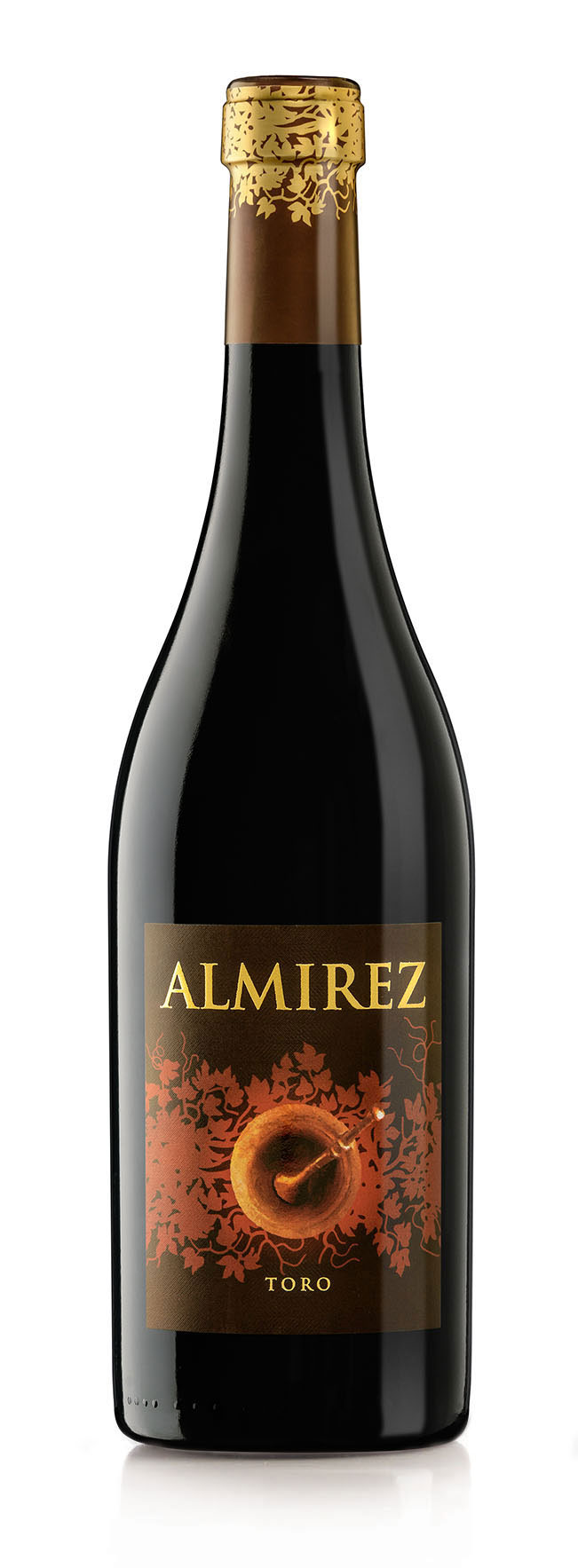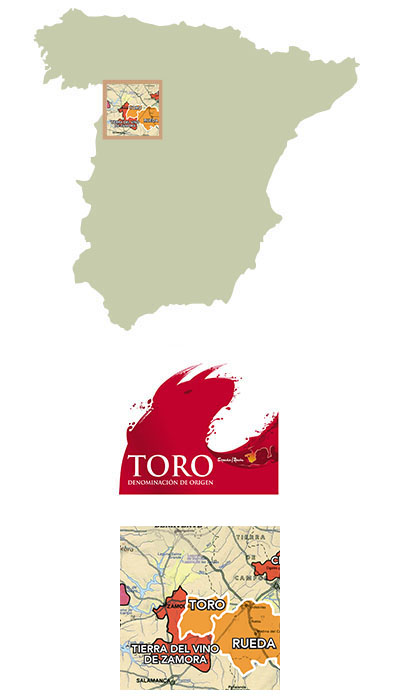Teso La Monja
Almirez




Video Tour
Downloads
Bottleshot - Shelftalker-2018-Suckling.pdf - Shelftalker-2018-Vinous.pdf - Shelftalker-2019-Dunnuck.pdf - Shelftalker-2019-WineAdvocate.pdf - Shelftalker-2020-WineAdvocate.pdf - Shelftalker-2020-WineEnthusiast.pdf - Shelftalker-2021-Vinous.pdf2021 Vintage
95pts

2020 Vintage
94pts

2020 Vintage
93pts

Denominacion de Origen
D.O. Toro
Location
Valdefinjas
Varietal
100% Tinta de Toro
Vineyards
Estate vineyards in Valdefinjas and Toro
Year(s) Planted
1955-2000
Viticulture
Practicing organic dry farmed viticulture with certain selective biodynamic practices. Almirez is sourced exclusively from estate vineyards trained primarily as head-trained goblet vines. Some of the younger sites are planted on high density trellises.
Soils
When Teso la Monja was founded, the Eguren brothers sought out northern facing vineyard sites with Toro's characteristic sandy soils. but with a higher percentage of clay and "canto rodado" or galets on the surface to mediate the diurnal shift that Toro that is characteristic to these high altitude sites in the Duero valley. These sites typically achieve phenolic ripeness at least two weeks earlier than sites planted on pure sand.
Climate
Continental climate, characterized by drastic diurnal shifts, very hot & dry summers, and cold winters. Annual precipitation hovers around 350 mL/M2, less than half of Rioja.
Winemaking
Rigorous sorting at the winery. The clusters are fully destemmed, and the whole berries ferment (inoculated with yeast cultured from their vineyards and cellar) in 15,000L stainless steel tanks with temperature control. Malolactic in French barrique, 30% new, 70% second use.
Aging
14 months in French barrique, 30% new, 70% second use
Comments
The Eguren family of Teso la Monja are one of D.O. Toro's most important pioneers, having cofounded Bodega Numanthia-Termes with Jorge Ordóñez in 1997. Numanthia was the first exhaustive fine wine project to resuscitate Toro since before phylloxera. Toro is one of Spain's most historic winemaking regions. Tempranillo originated in the Duero Valley, and many ampelographers believe that it originated in Toro, where it is known as Tinta de Toro. These ancient clones of Tempranillo were responsible for Toro being celebrated as Spain's finest winemaking region during the Middle Ages. Toro was also Spain's only region to completely resist phylloxera due to its sandy soils. Teso la Monja is the Eguren family's new interpretation of Toro, where they sought to produce a more refined and restrained expression of Toro by focusing on northern facing vineyard sites planted on clay soils covered in canto rodado.